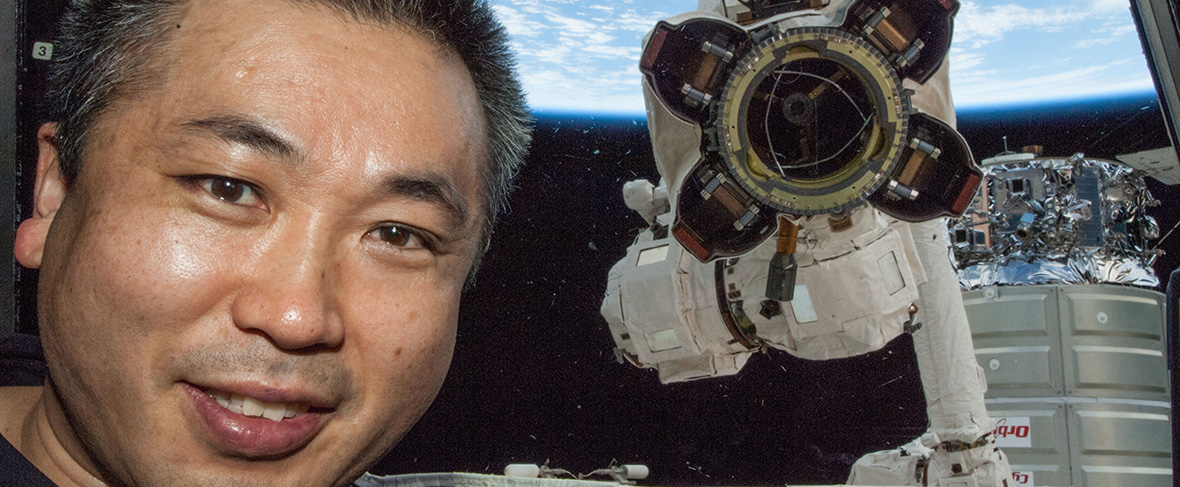Engineering an end effector
Design a multipurpose end effector for Canadarm3's large arm to support a variety of tasks on Gateway.

Text version of infographic entitled "The engineering design process"
The engineering design process
- Problem or challenge
- Define the problem
- Identify the constraints on your solution (e.g. time, money, materials) and criteria for success
- Brainstorm multiple solutions for the problem
- Select the most promising solution
- Prototype your solution
- Test and evaluate your prototype
- Iterate to improve your prototype
- Communicate your solution
Infographic entitled "The engineering design process". (Credit: Canadian Space Agency [CSA])
Define
Canadarm3 will be Canada's contribution to the US-led Gateway, a lunar outpost that will enable sustainable human exploration of the Moon. This highly autonomous robotic system will use cutting-edge software to perform tasks around the Moon without human intervention. End effectors in robotics are the devices found at the end of a robotic arm, designed to help give functionality and allow the arm to interact with its environment. As Canadarm3 will be responsible for a variety of tasks, the end effectors will be a very important design challenge engineers will need to overcome if the missions are going to be successful.
Canadarm3 will consist of three separate components: a large arm, a smaller more agile arm, and a tool and on-orbit replaceable unit caddy. Together they will be used to:
- maintain, repair, and inspect Gateway
- capture visiting vehicles
- relocate Gateway modules
- help astronauts during spacewalks
- enable science both in lunar orbit and on the surface of the Moon
Identify
Given the unique environment in which Canadarm3 will work, what constraints should you think about when designing your end effector?
Suggested materials
- Pencils, pencil crayons, crayons, or markers
- A choice of wood sticks, pencils, straws, or straight branches or twigs
- Cardboard, construction paper, or empty cereal box
- Beads (optional, but you can also make your own paper beads)
- Fasteners (elastics, binder clips, brads, pipe cleaners, string, tape, glue, or homemade glue)
- Scissors or cardboard cutters
- Hot glue gun (optional)
- Graph paper or regular paper
- Any repurposed materials you have on hand (plastic bottles, egg cartons, straws or rolled-up recycled paper to make a tube, Popsicle sticks, small twigs, rocks, etc.)
- Variety of paints, coloured paper, tinfoil, or any other materials available to make your end effector look awesome!
- Optional: Lego, K'NEX blocks, KEVA blocks

Text version of infographic showing a few cardboard cutting and folding techniques
A few cardboard cutting and folding techniques
- Flange
- L-brace
- Tabs
- Slot + cut
- Slot + tab
- String
A few cardboard cutting and folding techniques. (Credit: CSA)
Brainstorm
What different specific tasks will need to be performed by Canadarm3 on Gateway? What types of tools will robotic arms be able to use with their end effectors? How will the robotic arms move the astronauts around? How will they catch ships docking with Gateway? What types and shapes of grips will Gateway tools have, and how will the end effectors latch on to payloads of different sizes and weight?
| Task | Design feature required |
|---|---|
| Help astronauts during spacewalks | - |
| - | - |
| - | - |
| - | - |
| - | - |
| - | - |
Select
Once you have had a chance to brainstorm and share your ideas with others, choose an idea you liked the most and sketch your design before you try to make it. What materials do you have? How will you use them? What constraints will they add to your design?
Prototype
- Gather a variety of build materials and available tools.
- Sketch out your design on paper and identify the important features. Be sure to include accurate measurements of your various parts (cm and mm).
- Get feedback from others on your ideas and your design.
- Build a model of your prototype from the materials available.
- Add labels as necessary to your design.

Example of an end effector. (Credit: CSA)
Test
- Does your end effector allow for a variety of different tasks to be completed effectively?
- Does your end effector allow you to grab, or grip, an object or tool?
Iterate
- How would you improve your design? Are there parts you can add or remove to make it more effective?
- Do you need to change anything to add more range of motion or grip certain types of items more securely?
- How could you build it with fewer materials or different materials?
- What variations, adaptations or structural changes would you make to improve the overall function and ability of the end effector?
Communicate
- What are the highlights of your end effector? Is there something about it you are really excited about?
- Share your project with us or ask an adult to share a picture on social media and tag the CSA. You never know: a real astronaut might see your creation.
Taking it further
- Can you add or remove parts to your end effector to increase its effectiveness?
- Try using paper circuits to add lights to your end effector.
- Use servo motors and a microcontroller to actuate your end effector.
- Design components in your favourite 3D modelling software and 3D print custom parts.
- Use servos, sensors, and a microcontroller to automate your end effector.
- Integrate Scratch coding or a Makey Makey to make your end effector interactive.
- Integrate hydraulics to control your end effector.
Curriculum links
- Design thinking and the engineering design process
- Critical thinking, problem solving, communication, and collaboration
- Science:
- Simple mechanisms
- Space
- Health:
- Dexterity, muscles and body movements
- Math:
- Measurement
- Technology:
- Robotics
